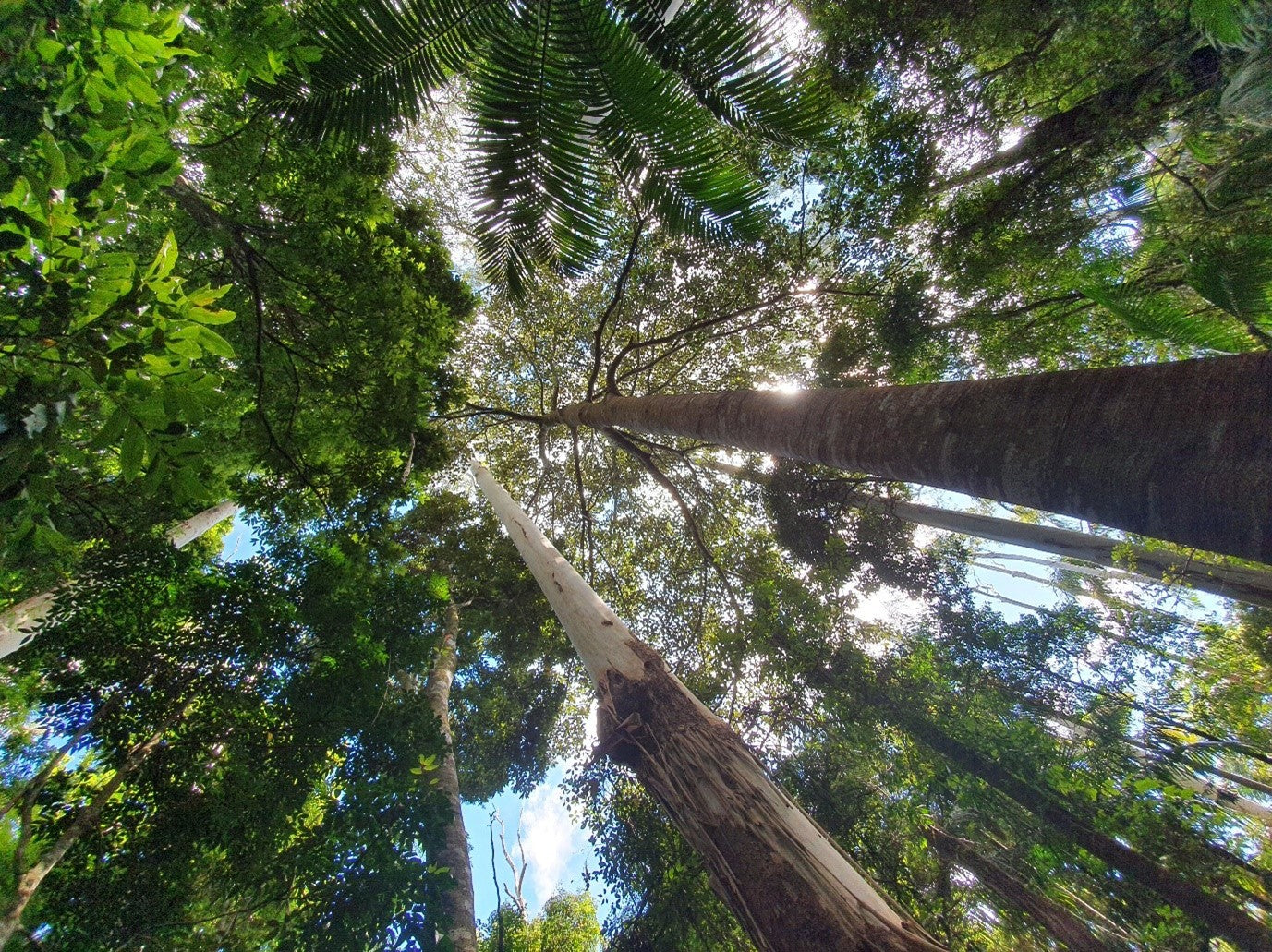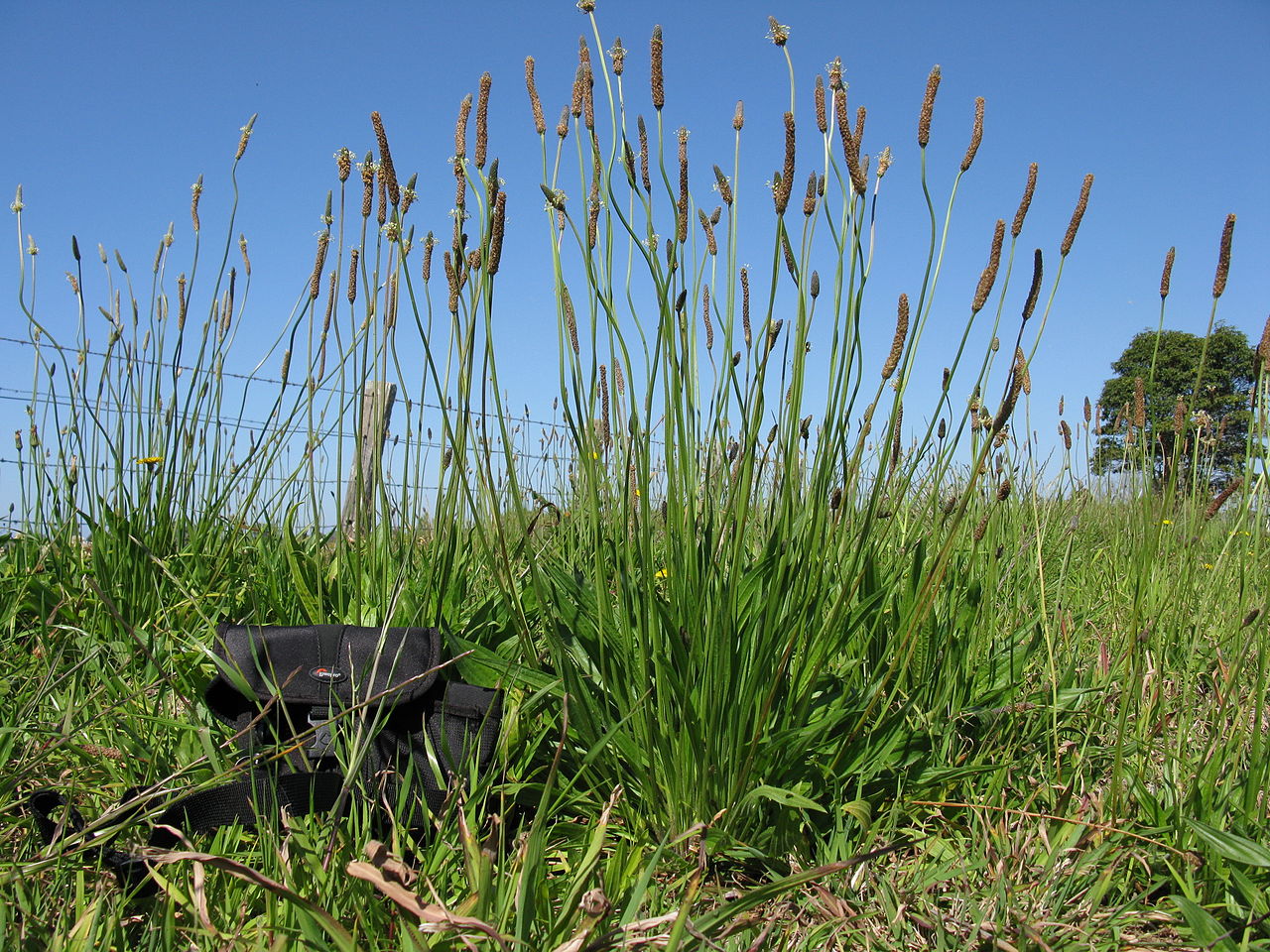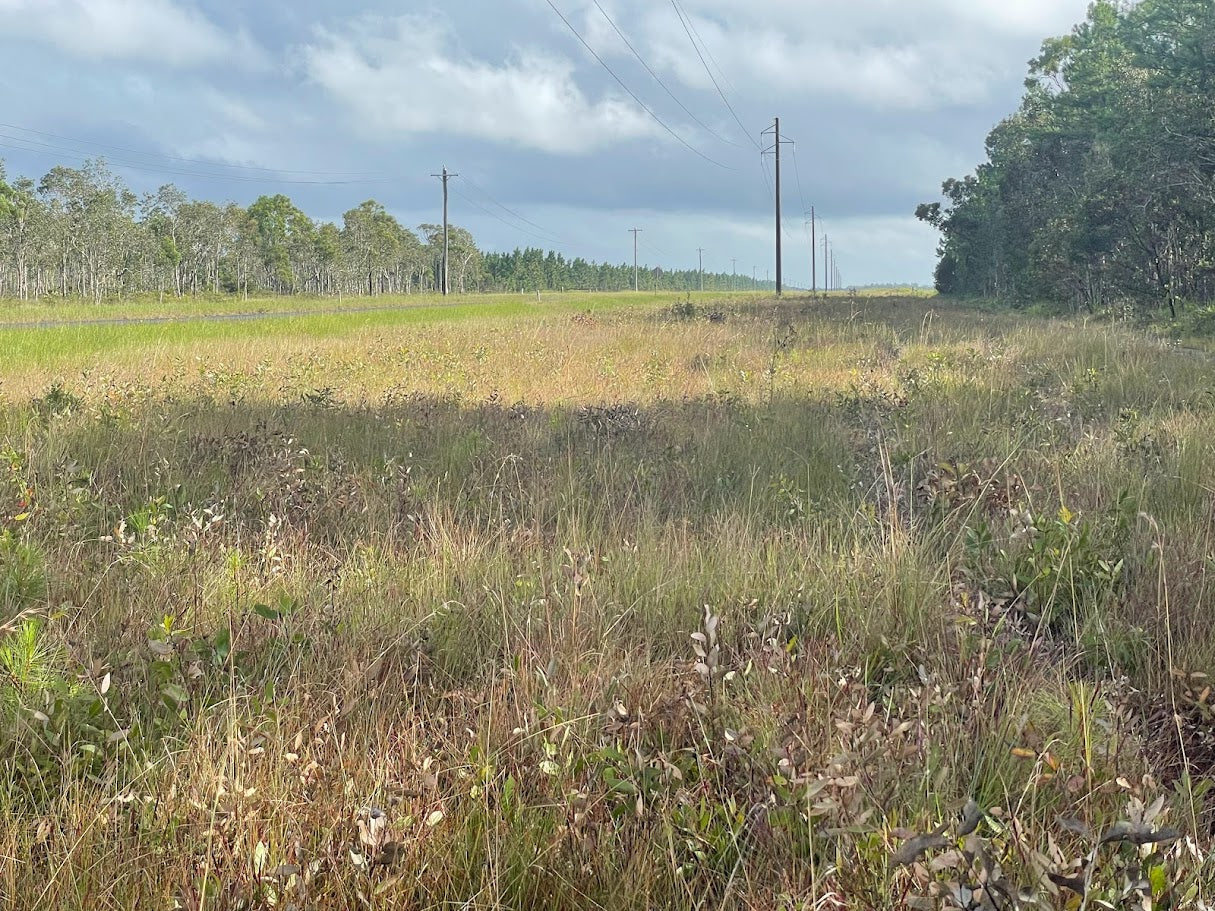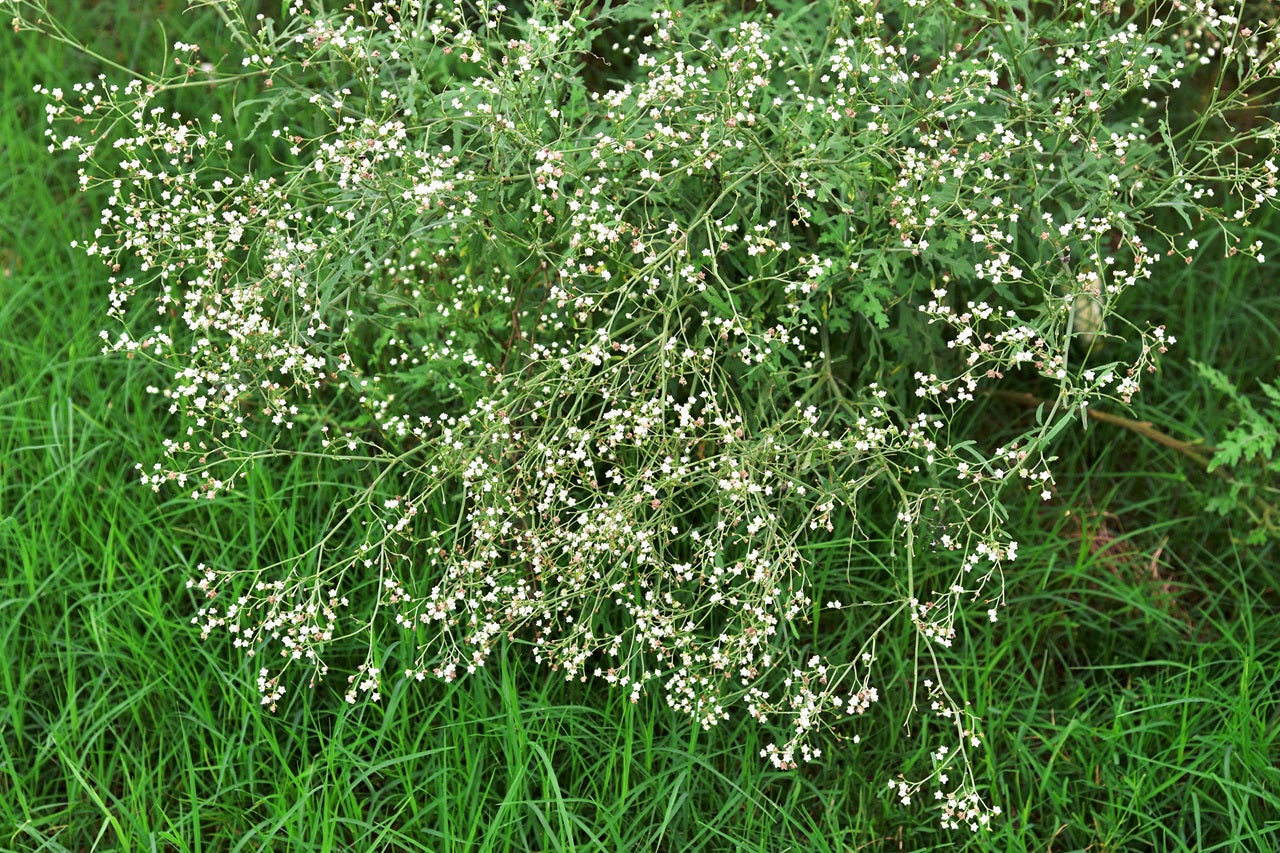
The Economics of Weed Control: Cost-Effective Herbicide Use in Regeneration Projects
The Economics of Weed Control: Cost-Effective Herbicide Use in Regeneration Projects
Ecosystem regeneration is a cornerstone of sustainable land management, delivering significant environmental and economic benefits. Whether restoring degraded landscapes, improving agricultural productivity, or enhancing biodiversity, managing invasive weeds is critical to success. However, effective weed control comes with costs that must be carefully managed to achieve optimal outcomes.
Herbicides, when used strategically, offer a cost-effective solution for weed control in regeneration projects. Their role extends beyond controlling invasive species—they lay the groundwork for long-term ecological recovery while maximising the return on investment in restoration efforts.
The Economic Value of Ecosystems
Ecosystems are not just environmental assets—they are economic powerhouses. In 2023, the Australian Bureau of Statistics (ABS) estimated the economic contribution of ecosystems to Australia's economy at $2.4 trillion. These natural assets support industries like agriculture, tourism, and forestry, while providing critical services such as climate regulation, water purification and soil fertility.
Weeds, however, pose a significant threat to these ecosystems, costing Australia billions of dollars annually in lost agricultural productivity and environmental damage. Effective weed management is not just an ecological imperative; it is an economic necessity.
The Role of Herbicides in Cost-Effective Weed Control
Herbicides are an essential tool in weed management, offering several cost-saving advantages in regeneration projects:
-
Efficiency and Scale - Herbicides can target large areas quickly and efficiently, reducing the labour and time required for mechanical or manual weed removal. This scalability is particularly valuable in extensive regeneration projects such as riparian, woodland or grassland recovery.
-
Selective Application - Selective herbicides or application methods allow for the targeted removal of invasive weeds while preserving desirable vegetation, minimising the need for costly follow-up treatments and maximising native competitiveness. For example, broadleaf herbicides are commonly used in grassland ecosystems to remove invasive weeds without harming native grasses and weed trees can often be killed in-situ using stem injection or basal bark methods and allowed to remain as a habitat feature in the landscape.
-
Reduced Soil Disturbance - Unlike mechanical methods, herbicide application minimises soil disturbance, reducing the risk of erosion and the need for additional soil remediation measures.
-
Preventing Weed Resurgence - By addressing weeds at their roots, herbicides help break weed life-cycles and reduce the need for repeated interventions, saving both time and money.
Integrating Herbicides into Regeneration Projects
While herbicides provide a cost-effective solution, their application must be part of a broader, integrated strategy to maximise benefits.
Steps for Cost-Effective Herbicide Use:
-
Site Assessment: Conduct a thorough evaluation of the area to identify weed species, assess infestation levels, and determine the most suitable herbicide.
-
Targeted Application: Use precise techniques, such as spot spraying or stem injection, to minimise wastage and avoid affecting non-target species.
-
Timing is Key: Apply herbicides at the optimal time in the weed’s growth cycle to maximise effectiveness and minimise repeat applications.
-
Combine with Other Methods: Integrate herbicide use with mechanical, biological and cultural control methods for a holistic approach to weed management.
Economic and Environmental Payoffs
Cost-effective weed management using herbicides not only reduces immediate expenses but also delivers long-term economic and environmental benefits:
-
Improved Agricultural Productivity: By controlling invasive species, herbicides enhance soil health and water availability, supporting higher crop yields and grazing capacity.
-
Enhanced Ecosystem Services: Restored ecosystems provide services such as carbon sequestration, water filtration, and biodiversity support, contributing to economic stability.
-
Reduced Maintenance Costs: Well-managed landscapes require fewer interventions over time, lowering ongoing maintenance expenses.
-
Boost to Nature-Based Tourism: Healthy natural areas attract tourists, contributing to Australia’s $30 billion nature-based tourism industry.

Case Study: Riparian Zone Restoration
A riparian restoration project in Queensland faced severe infestations of lantana and Cats claw creeper, which displaced native vegetation and threatened to choke out the mature trees onsite. The project team used a combination of selective herbicides and manual removal to address the problem:
-
Manual Control: Vine weeds were collared to separate the ground infestation from the canopy infestation, with herbicide applied directly stems. No attempt was made to remove the canopy infestation to avoid damage to host trees.
-
Herbicide Application: Low-residual herbicides were applied in a targeted manner while preserving native riparian plants.
-
Follow-Up Management: Subsequent treatments ensured long-term control and prevented regrowth.
-
Revegetation: After the weed infestations were suitably controlled, native species were introduced to stabilise soil and improve ecosystem resilience.
The project demonstrated significant cost savings and efficacy compared to manual removal alone, while delivering measurable improvements to the riparian vegetation and biodiversity.
Maximising ROI in Regeneration Projects
Achieving cost-effective weed control requires balancing upfront expenses with long-term outcomes. Strategies to maximise return on investment (ROI) include:
-
Prioritising High-Impact Areas: Focus efforts on areas where weed control will deliver the greatest ecological and economic benefits.
-
Investing in Training: Ensure operators are trained in safe and effective herbicide application to reduce wastage and improve outcomes.
-
Monitoring and Adaptation: Regularly evaluate project progress and adjust strategies as needed to optimise resource use.

Strategic Investment in Ecosystem Recovery
Herbicides, when used strategically, are more than a cost-saving tool—they are a strategic investment in the recovery and sustainability of Australia’s natural areas. By controlling invasive weeds efficiently and effectively, they enable regeneration projects to achieve long-term ecological and economic success.
The $2.4 trillion value of Australia’s ecosystems underscores the importance of protecting and restoring these assets. Through thoughtful planning, integrated strategies, and cost-effective herbicide use, we can ensure that our natural landscapes continue to provide essential services for generations to come.
Weed control is not just about managing today’s challenges—it’s about creating a sustainable foundation for the future. By embracing cost-effective herbicide use within regeneration projects, we can turn environmental restoration into an opportunity for economic growth and ecological resilience.
#WeedControl #RegenerationProjects #SustainableLandManagement #InvasiveWeeds #HerbicideSolutions #CostEffectiveWeedControl #EcosystemRestoration #EnvironmentalStewardship #RiparianRestoration #NativeVegetation #BushRegeneration #SelectiveHerbicides #StemInjection #BasalBarkTreatment #SoilHealth #BiodiversityProtection #GreenwayWeedSolutions #EcologicalResilience #LandRestoration #NaturalAreaRecovery
Additional content
VIEW GWS' ADDITIONAL CONTENT TO LEARN MORE ABOUT THE WEED INDUSTRY

Water pH and the Performance of Weak Acid Herbicides
Weak-acid herbicides must remain in their non-ionised (acid) form to move efficiently through the plant cuticle. When spray water is too alkaline, the herbicide molecule becomes ionised.
Read more
Towards Modern Vegetation Management: Solutions for Australia’s Linear Infrastructure
Understanding the Changing Vegetation Challenge Vegetation management across Australia’s linear infrastructure corridors is becoming increasingly complex. Roads, rail corridors, gas pipelines, elec...
Read more
Case Study: Parthenium Weed Hygiene
Introduction: The Necessity of Weed Hygiene Management Australia’s vast expanses and diverse land uses, from grazing pastures and cropping zones to natural bushland and urban corridors are u...
Read more
